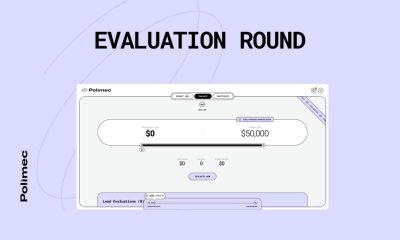Forex
Dollar dips on weak data, yen hurt by cautious BOJ
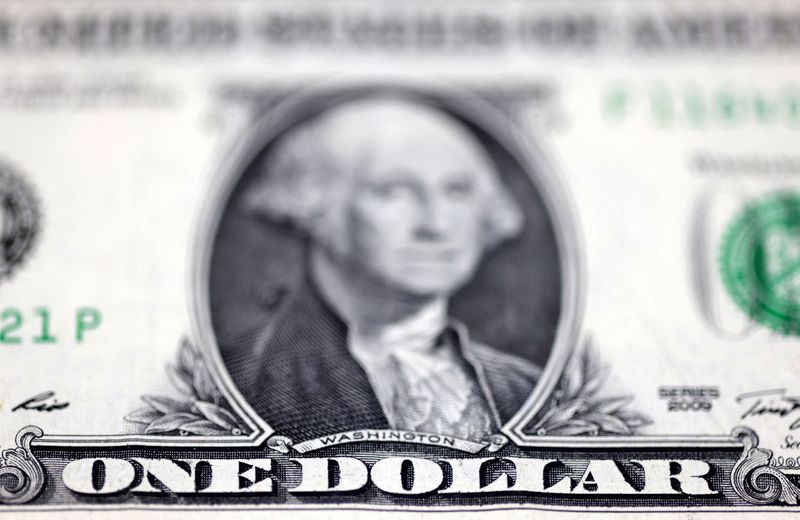

© Reuters. FILE PHOTO: U.S. Dollar banknote is seen in this illustration taken July 17, 2022. REUTERS/Dado Ruvic/Illustration/File Photo
By Karen Brettell
NEW YORK (Reuters) -The dollar fell against the euro on Friday on weaker than expected U.S. economic data but gained against the Japanese yen after Bank of Japan (BOJ) governor Kazuo Ueda said it was too soon to declare victory on inflation.
In cryptocurrencies, bitcoin held just below a more than two-year high reached on Wednesday.
U.S. manufacturing slumped further in February, with a measure of factory employment dropping to a seven-month low amid declining new orders. Construction spending, which had been expected to increase, also fell in January.
Economists at Goldman Sachs cut their gross domestic product (GDP) estimate for the first quarter by 0.2 percentage points to 2.2% after the data.
The dollar has been largely rangebound with traders focusing closely on economic data for any new clues on when the U.S. Federal Reserve is likely to begin cutting interest rates.
Marc Chandler, chief market strategist at Bannockburn Global Forex in New York, noted that “the U.S. is the key side of it,” in terms of driving currency moves. The greenback had looked like it was going to break higher in the past few days, but failed after Friday’s turn lower, he added.
The dollar was also pulled down in line with shorter-dated Treasury yields on Friday after Fed Governor Chris Waller said he would like the U.S. central bank to address a reset of the balance sheet towards shorter-term Treasury bills that would better match the short-term policy rate that the Fed controls as its key monetary policy tool.
The next major U.S. economic release will be February’s employment report due next Friday.
The fell 0.23% to 103.87. The euro gained 0.31% to $1.0837.
Data on Friday showed that euro zone inflation dipped last month but underlying price growth remained stubbornly high, adding to the case for the European Central Bank to hold interest rates at record highs a bit longer before starting to ease policy towards mid-year.
The euro zone’s currency has traded within a range of $1.07 to $1.11 since November as investors struggle to work out when the ECB and the Fed will start cutting rates.
“We are seeking out fresh news,” said Jane Foley, head of FX strategy at Rabobank, “whether that’s going to come from the ECB (European Central Bank) and a change in expectations, or further alteration of the market’s view about the ability of the Fed to cut even in June.”
JAPANESE INFLATION IN FOCUS The dollar rose against the yen after BOJ’s Ueda said it was too early to conclude that inflation was close to sustainably meeting the central bank’s 2% inflation target and stressed the need to scrutinize more data on the wage outlook.
That reversed a move from Thursday when BOJ board member Hajime Takata said that the central bank must consider overhauling its ultra-loose monetary policy, including an exit from negative interest rates and bond yield control.
Inflation expectations and the path of BOJ policy will likely depend on negotiations between large firms and unions over wage increases.
“If we’re right in expecting wage negotiations are going to lead to more signals that inflation is becoming a little bit more persistent in Japan, then we expect BOJ to exit negative interest rate policy,” said Bipan Rai, North American head of FX strategy at CIBC Capital in Toronto.
However, “I feel like it is priced in already”, Rai added. “Beyond there we’re really looking at what sort of tweaking they do to the yield curve control program.”
Big firms will settle negotiations on next year’s pay with unions on March 13, ahead of the BOJ policy meeting on March 18-19.
The dollar was last up 0.09% at 150.10 yen.
Sterling rose 0.26% to $1.2655.
Bank of England (BoE) chief economist Huw Pill said on Friday he thought the time for a first interest rate cut by the central bank since the coronavirus pandemic remained “some way off.”
was last up 1.4% at $62,320, after reaching $63,933 on Wednesday, which was the highest since Nov. 2021.
Forex
BofA sees potential for further USD selling by CTAs
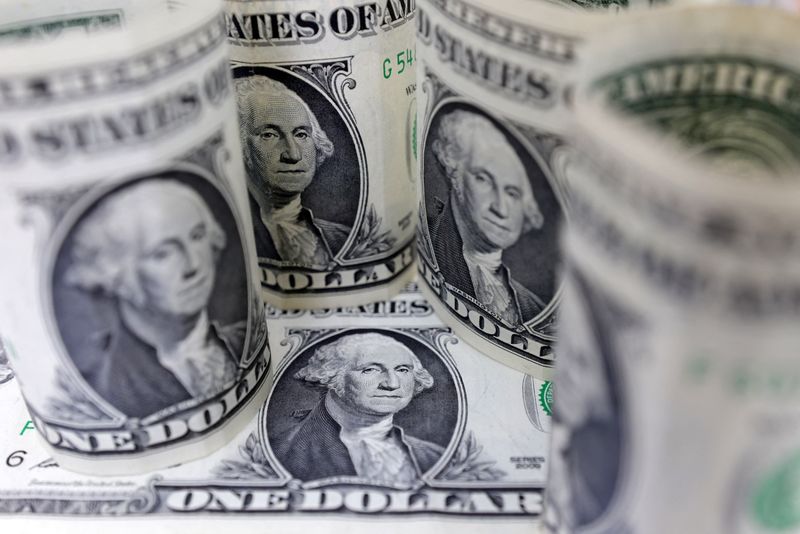
On Monday, Bank of America (BofA) provided insights into the potential actions of Commodity Trading Advisors (CTAs) in the coming week.
According to BofA, CTAs might continue to sell the U.S. dollar (USD) against most currencies following a trend that emerged after the Consumer Price Index (CPI) report led to a weakening dollar. The bank’s models indicate that USD long positions have been reduced this week.
The bank’s analysis suggests that in the foreign exchange (FX) market, CTAs are likely to persist with short covering in the euro (EUR), British pound (GBP), and Canadian dollar (CAD).
Additionally, there is an expectation for CTAs to increase their recently established long positions in the Australian dollar (AUD) and potentially initiate a long position in the Mexican peso (MXN), given the positive trend strength for the peso.
In the commodities sector, despite an increase in the price of gold last week, the trend for the precious metal declined, prompting CTAs to sell, albeit at a slower pace. BofA anticipates that this trend of selling gold and oil will continue into the next week.
The analysis also noted that CTAs’ long positions in are nearing extremely high levels, while long positions in aluminium are being unwound. In contrast, soybeans are experiencing short covering.
The bank’s report serves as a gauge of how trend-following traders might adjust their portfolios in response to market movements.
This article was generated with the support of AI and reviewed by an editor. For more information see our T&C.
Forex
BofA sees further dollar depreciation, expects G10 FX to stay in range
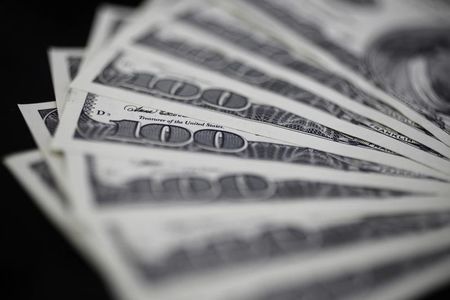
On Monday, Bank of America (BofA) analysts provided insights into the current state of G10 foreign exchange (FX) markets, noting a general sentiment of disappointment among investors due to the markets’ lack of volatility.
Despite a recent reversal in the U.S. dollar (USD), major currency pairs have not moved significantly, staying within their established ranges. BofA anticipates further depreciation of the USD, yet it emphasizes that the currency’s movements are expected to remain close to year-end consensus forecasts.
The analysis highlighted that while markets have expressed a desire for more excitement in G10 FX trading, they must come to terms with the inherent trade-off between carry trade opportunities and higher volatility. Carry trades, where investors borrow in low-yielding currencies to invest in higher-yielding ones, have been identified as a dominant trend post-global financial crisis.
However, this strategy tends to reduce market volatility, leading to what BofA describes as an “uninspiring” and “stuck in the mud” trading environment.
BofA’s commentary suggests that the pursuit of carry as a passive strategy has been a factor in dampening volatility in the FX markets. The firm underscores that investors should not expect both high carry returns and high volatility, as these market conditions are typically mutually exclusive. The lack of clear fundamental trends in G10 FX has been a source of frustration for markets, but the current trend of carry is clear, even if it leads to lower volatility.
The analysts also touched upon the anticipation around the next batch of U.S. data, which many investors hope might shift the narrative. However, BofA indicates that such expectations may be overly optimistic. The firm’s message to the markets is to adjust expectations and accept the current dynamics, with the USD continuing to play a central role in the G10 FX space.
In summary, BofA’s analysis points to a continuation of the recent patterns in G10 FX markets, with a slight downward trend in the USD value but within the bounds of recent trading ranges.
This article was generated with the support of AI and reviewed by an editor. For more information see our T&C.
Forex
Narrow dollar range likely to remain for now – Goldman
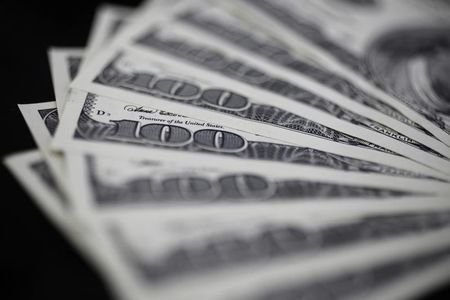
Investing.com – The U.S. dollar is trading in a calm fashion against the majors of late, and these narrow ranges will likely stay for a while longer, according to Goldman Sachs, with divergence having to wait.
AT 05:20 ET (09:20 GMT), the Dollar Index, which tracks the greenback against a basket of six other currencies, traded unchanged at 104.330, steadying after losing around 1% last week in the wake of soft U.S. inflation data.
“We think there is only limited room for the market to press Dollar shorts on the back of the inflation news,” said analysts at Goldman Sachs, in a note dated May 17.
“After all, while the prints were mostly in line with expectations, they were not in line with the target. As a result, the news does not change the policy outlook much beyond reinforcing the recent rhetoric.”
The subsequent market response has been reminiscent of the post-March FOMC FX reaction, when the response to ‘dovish dots’ stalled not because of fresh data, but instead because FX is still a relative game, and the Dollar fundamentals have not shifted much, the investment bank added.
And, this time around, we think the rally in front end rates looks more consistent with cyclical concerns rather than dovish expectations.
“That matters for FX because there is a narrow path for the Dollar to depreciate on a broad basis when growth is softening,” the bank added. “This is especially true in the current environment when faster Fed cuts would likely be met with easier policy abroad as well.”

 Forex2 years ago
Forex2 years agoForex Today: the dollar is gaining strength amid gloomy sentiment at the start of the Fed’s week

 Forex2 years ago
Forex2 years agoHow is the Australian dollar doing today?

 Forex1 year ago
Forex1 year agoUnbiased review of Pocket Option broker

 Forex2 years ago
Forex2 years agoDollar to pound sterling exchange rate today: Pound plummeted to its lowest since 1985

 Cryptocurrency2 years ago
Cryptocurrency2 years agoWhat happened in the crypto market – current events today

 World2 years ago
World2 years agoWhy are modern video games an art form?

 Stock Markets2 years ago
Stock Markets2 years agoMorgan Stanley: bear market rally to continue

 Economy2 years ago
Economy2 years agoCrude oil tankers double in price due to EU anti-Russian sanctions











